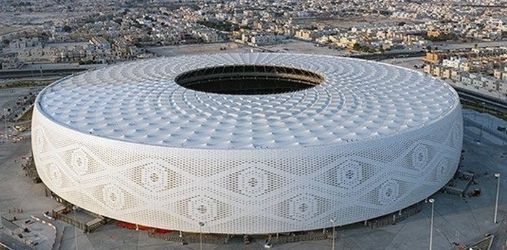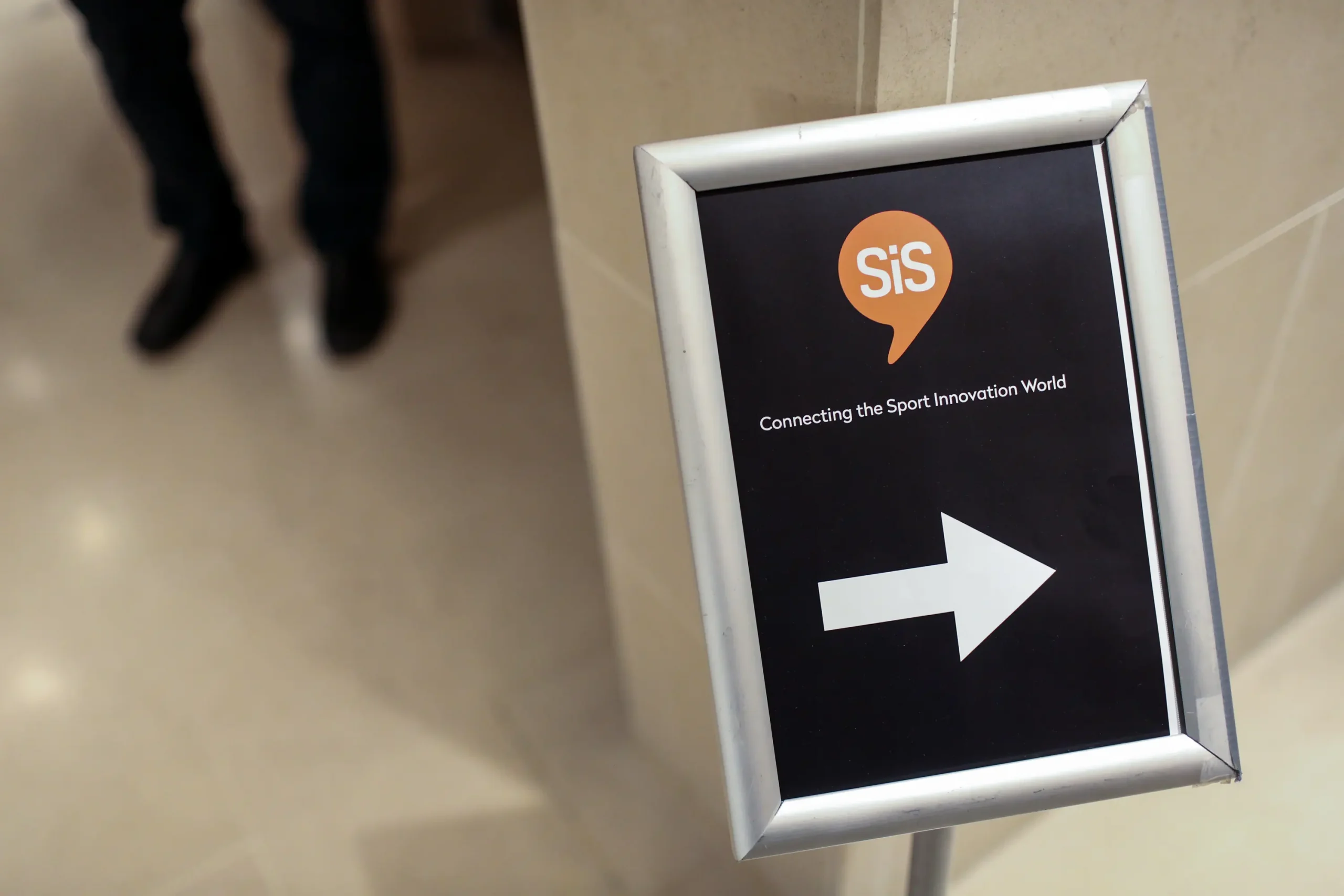SUNPave technology was among the winning projects in the “Challenge 22” program, which the Supreme Committee launched for Delivery and Legacy in preparation for hosting the FIFA World Cup Qatar 2022 to promote innovation in the Arab world by encouraging youth in the region to launch their creative ideas, and help develop and transform them into products, tools and solutions that enhance the fans experience during the first edition of the World Cup in the Arab world and the Middle East.
🤔 How does it work?
SunPave panels, which operate with the same efficiency as regular solar energy panels, are designed for floor and wall use to generate electricity. Al Thumama Stadium was chosen to install solar panels as a pilot project for the innovative technology in light of the stadium’s achievements in terms of environmental sustainability. At the same time, the rest of the World Cup stadiums will witness the installation of innovative panels after the championship.
Fans attending the tournament matches at Al Thumama Stadium can charge their mobile devices through modern charging sockets powered by solar energy, resulting from using SunPave panels in the vicinity of the stadium.
🎙 Engineer Khalifa Al-Mana, Director of Al-Thumama Stadium, said that the installation of SunPave tiles in the World Cup stadium embodies the SC’s commitment to be environmentally sustainable in the tournament’s facilities and sites to build a legacy that will benefit future generations and reflect the country’s future after the World Cup.
🗣 For his part, Mohammed Al-Jamal, co-founder of Sunpave, expressed his happiness with installing solar panels in the vicinity of Al-Thumama World Cup Stadium. “We are delighted to have installed the panels in the stadium precinct and are proud to see fans using them during the World Cup. We believe our product has many advantages. By creating solar panels people can walk on, we can utilize vast spaces around the country to generate electric power.”
The innovative SunPave panels offer the opportunity to benefit from solar energy without negatively affecting the space; for instance, pedestrians can walk on it compared to traditional solar panels, and the space they occupy becomes practically unusable.




